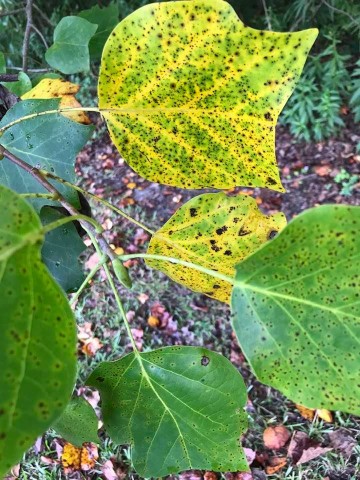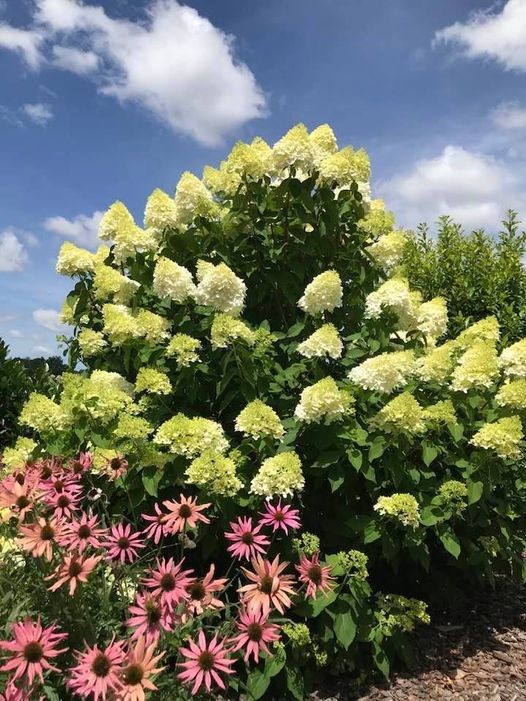
As tree leaves turn to glorious shades of yellow, gold and red, while flowers begin to fade to brown as they wither and die, it is time to think about making sure voles are under control in your yard. To put it bluntly, it is a great time to kill voles taking up residence in your yard. It is also an important time to take measures to make your yard less inviting for voles in the colder months. 
If you are fortunate to live in an area of the country, like my home state of North Carolina, where we do not have continuous winter snow coverage, you can begin control methods in the fall and continue straight through winter into spring. The latter months of the year are a great time to gain control with the Vole Control Bait Station System. With fall and winter bringing less food sources, the voles will be even more enticed to take the poison bait, Kaput Rat, Mouse and Vole Bait, specially designed for the taste and behavior of voles. With this least toxic bait placed in our bait stations, you can be assured you are using a safe method that will kill voles and not pose a threat to non-target animals and wildlife. (Learn more about bait toxicity here).
On your gardening to-do list for fall should be to buy a bag of good quality apples. Yes, buying apples is on your gardening to-do list and if you want some for yourself - buy two bags, because one bag is for the voles! You will do a Systematic Search of your yard and use the apples for a procedure called the Apple Sign Test. This test helps you determine vole activity in your yard by placing an apple slice near a suspected vole entry hole and covering it with a secured pot. The covered apple is left a day or so and checked to see if it has been nibbled. Oftentimes, the apple will be completely removed. A positive test is a hot spot of vole activity and the perfect spot to place a bait station. You can find out more about the Apple Sign Test here. We recommend this procedure to efficiently get started with our system and also recommend it as a fall and spring follow-up after using the Vole Control Bait Station System to check for resurgences of vole activity from neighboring properties. Voles are active year round and do not hibernate, so it is important not to wait until spring arrives and you start to see damage to plants or find that your perennials are not emerging. If you live in an area with lots of winter snow coverage and you suspect vole activity in the fall (or any time of year), it would be wise to get started as soon as possible to avoid a population explosion!
Other fall tasks that can help improve your vole control involve habitat modification to make your yard less inviting for voles through the colder months. If you have a vegetable garden, be sure not to leave any root vegetables for voles to feast upon during the winter and remove vegetative debris that will provide cover for them. An effort to keep grass mowed short, especially before a blanket of snowfall arrives, along with making sure to rake and remove fallen leaves that can create an ideal hiding spot for voles and other rodents will go a long way. Eliminating hiding places and food sources where you can is essential in discouraging voles from enjoying your yard. You can learn more about habitat modification here.
Getting a jump-start or doubling down on your vole control efforts now will put you on the path to a happier vole-free spring and summer!

Category: